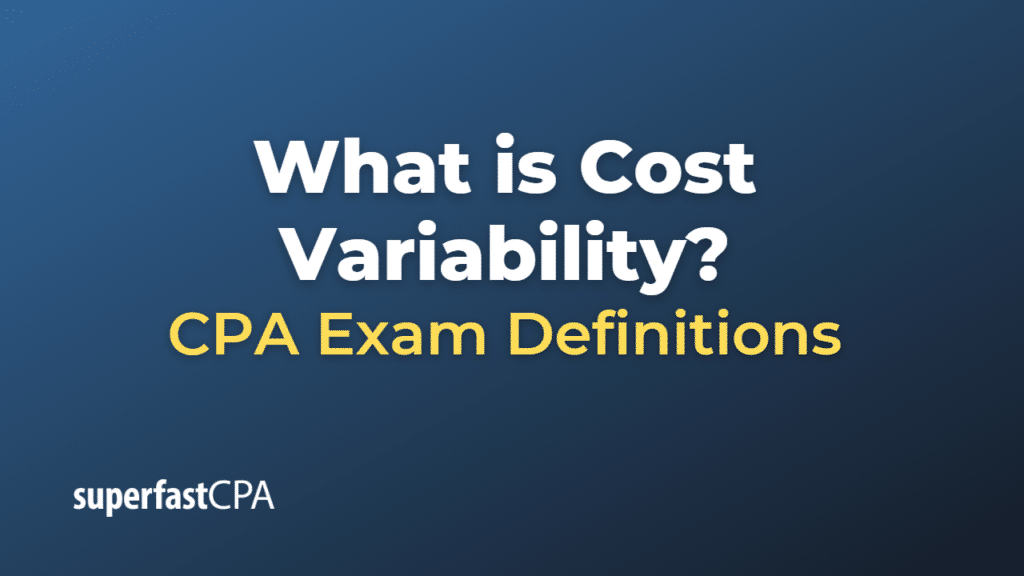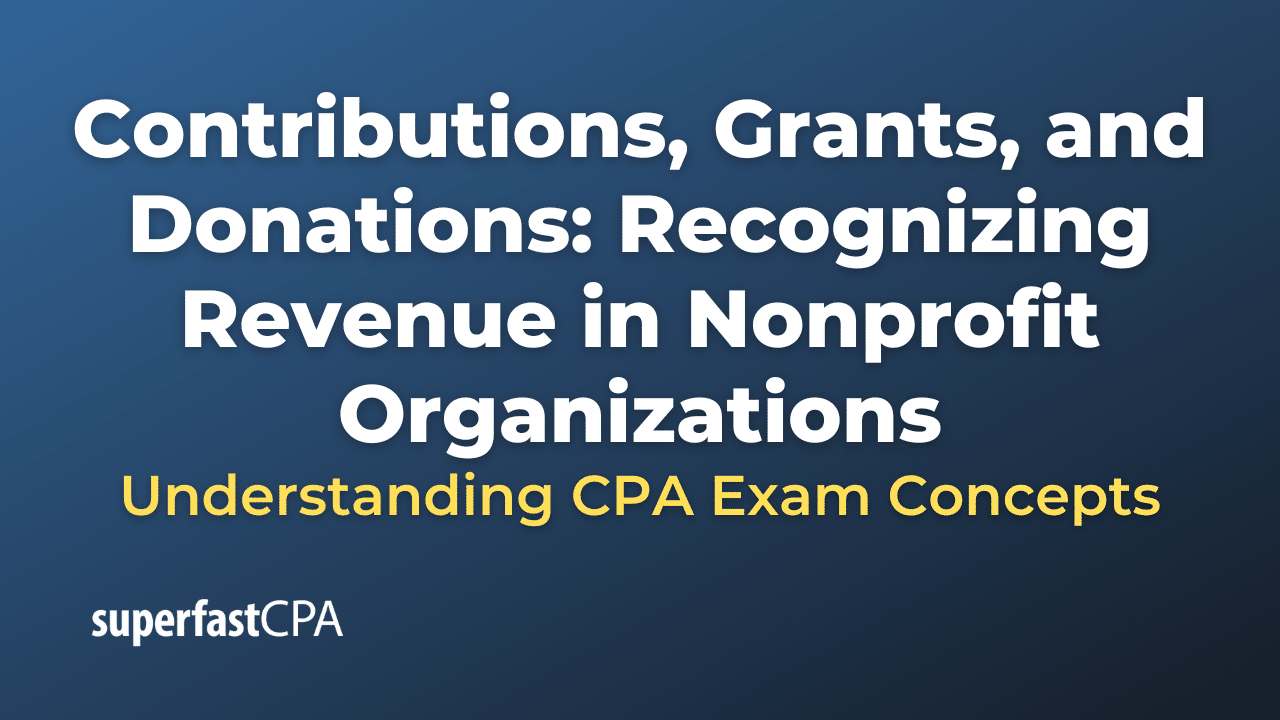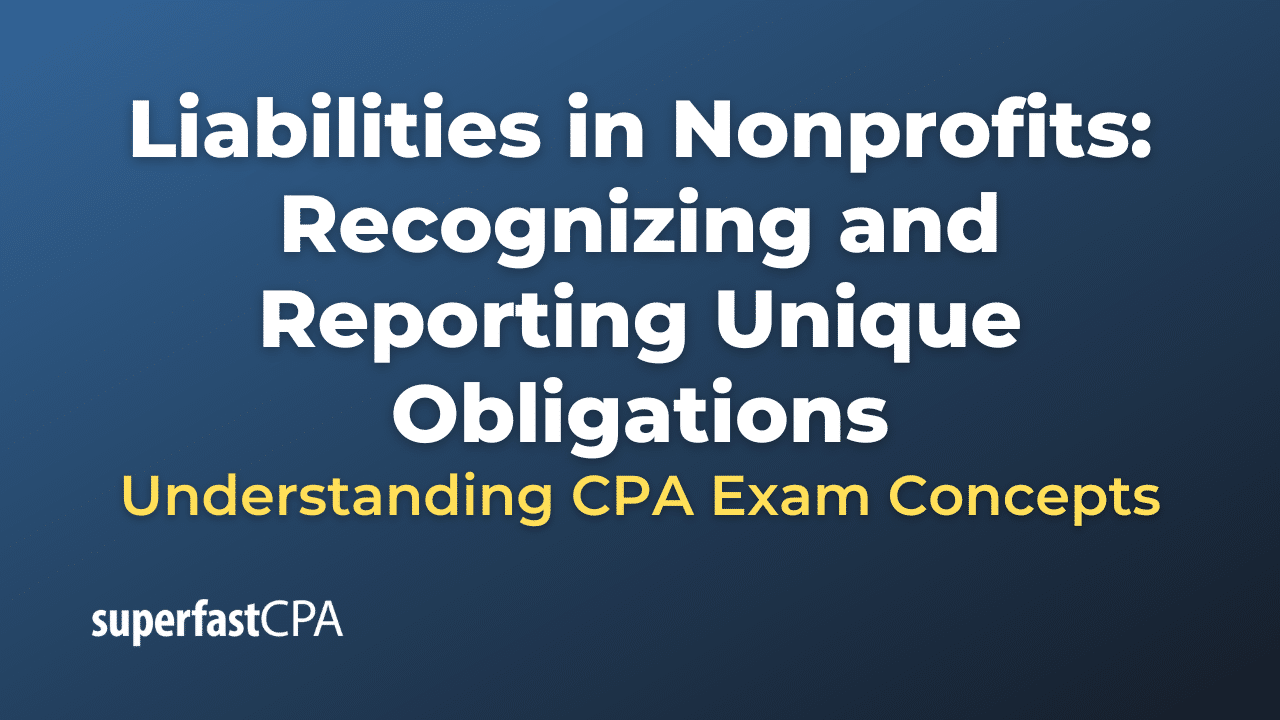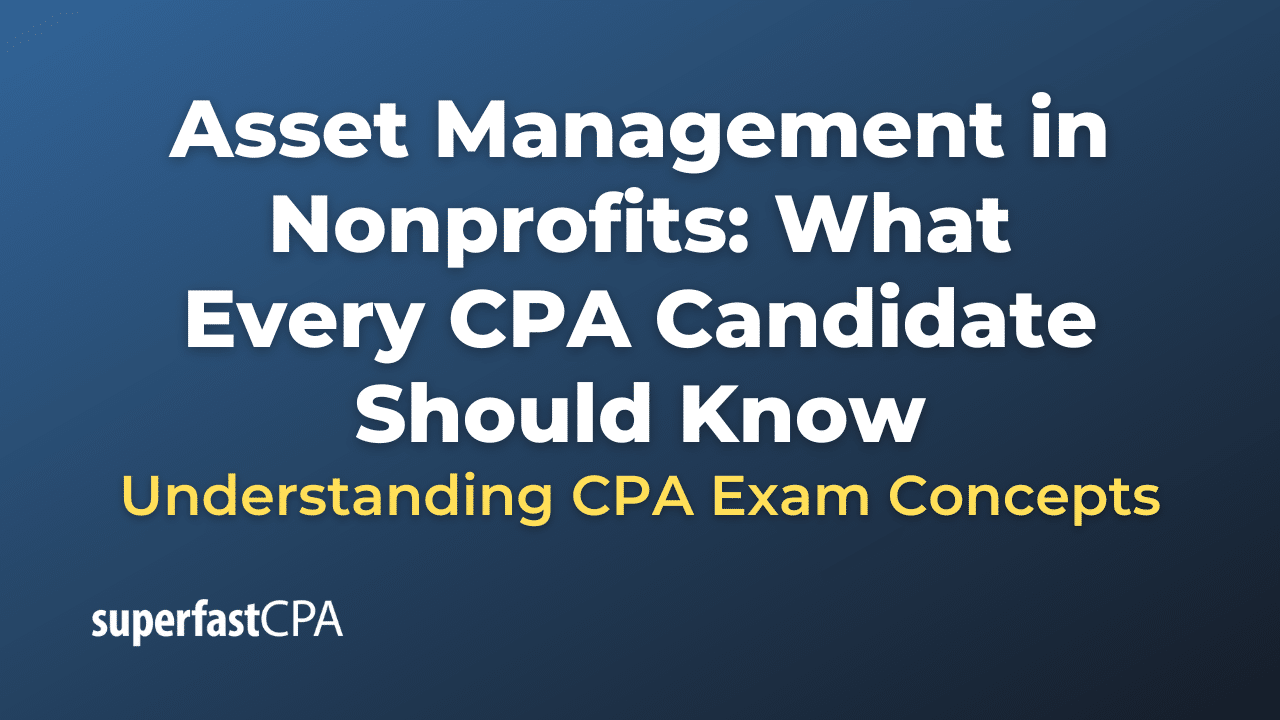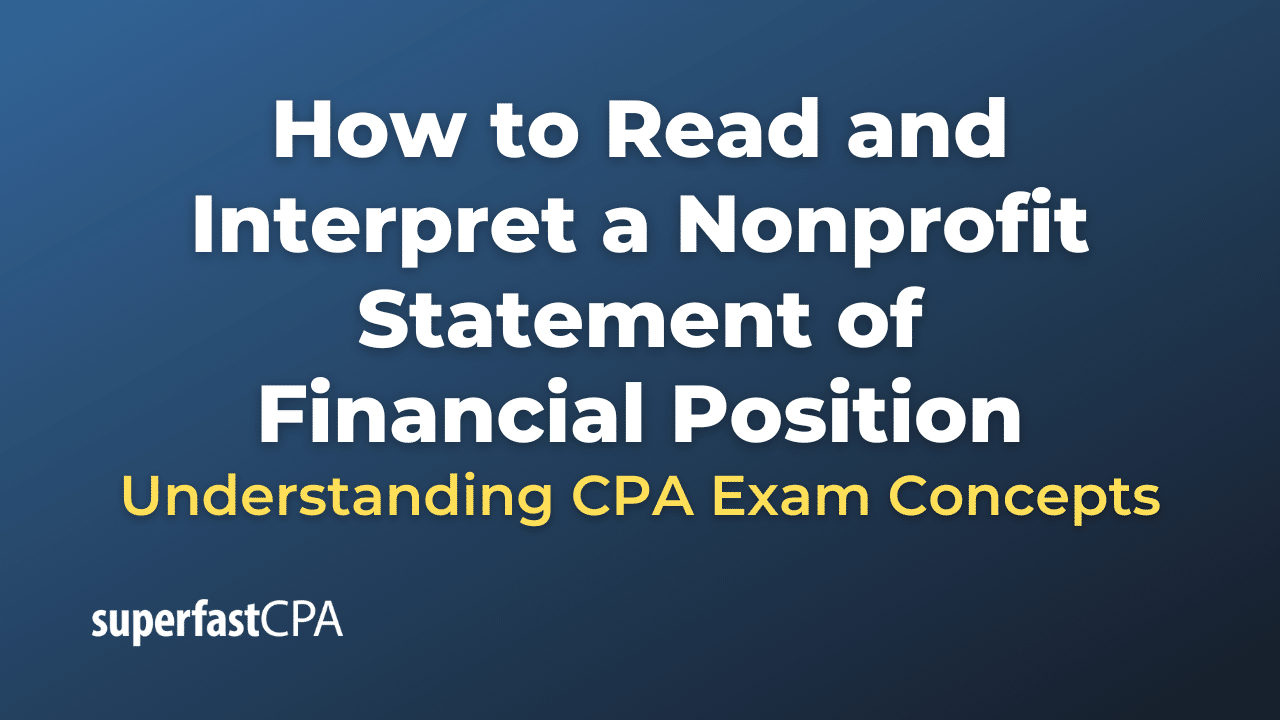Cost Variability
Cost variability refers to the extent to which a company’s costs change with its level of output or activity. Essentially, it’s about how costs behave in relation to changes in production volume or other business activities.
Costs can be broadly categorized into two types based on their variability:
- Fixed Costs: These are costs that do not change with the level of output or activity. They remain constant over a certain period and within certain activity levels. Examples of fixed costs include rent, insurance, and salaries of permanent staff.
- Variable Costs: These are costs that change directly and proportionately with the level of output or activity. As production increases, variable costs rise; as production decreases, variable costs fall. Examples of variable costs include raw materials, direct labor costs, and sales commissions.
Understanding cost variability is crucial for business management, particularly in budgeting, forecasting, decision-making, and cost control. Knowing how costs behave allows a company to predict how changes in sales volume or other activities will impact its profitability. For instance, if a company knows its variable costs per unit, it can forecast the total variable costs for different levels of production, helping in pricing decisions and profit projections.
Example of Cost Variability
Let’s consider a hypothetical t-shirt manufacturing company to illustrate the concept of cost variability:
- Fixed Costs: The company pays $10,000 per month to rent its factory space, and it has $5,000 per month in administrative salaries. These costs have to be paid regardless of how many t-shirts the company makes. So, if the company produces 1,000 t-shirts or 10,000 t-shirts in a month, these costs remain the same.
- Variable Costs: The company uses raw materials (fabric, thread, etc.) that cost $2 per t-shirt, and it pays its production workers $1 for each t-shirt they make. These costs vary directly with the number of t-shirts produced. If the company makes 1,000 t-shirts in a month, its variable costs are $3,000 ($2 + $1 per t-shirt), but if it makes 10,000 t-shirts, its variable costs are $30,000.
Now, let’s say the company is planning for the next month and wants to understand how its total costs will change with different levels of production. If it plans to make 5,000 t-shirts, its total cost will be the fixed costs ($15,000) plus the variable costs (5,000 t-shirts x $3 per t-shirt = $15,000), which equals $30,000. But if it plans to make 10,000 t-shirts, its total cost will be $15,000 (fixed) plus $30,000 (variable), which equals $45,000.
This example shows how understanding cost variability can help a company predict its total costs at different levels of production, enabling it to make informed decisions about pricing, production levels, and overall business strategy.

